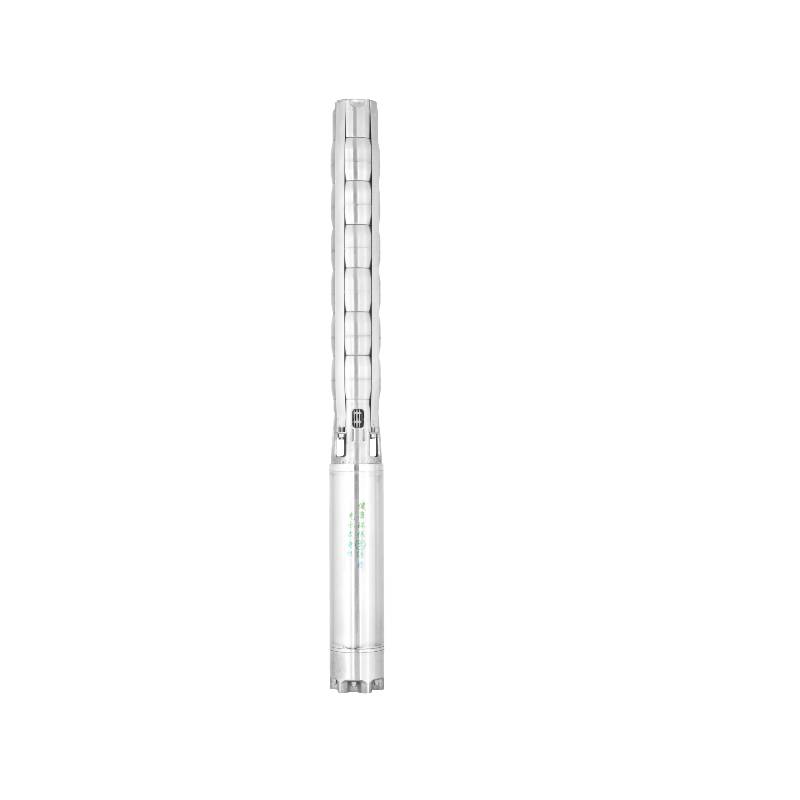Nov . 14, 2024 15:56 Back to list
submersible pump check valve
Understanding Submersible Pump Check Valves
Submersible pumps are widely used in various applications, ranging from agriculture to municipal water systems. One critical component that significantly enhances their efficiency and reliability is the check valve. This article aims to provide a comprehensive overview of submersible pump check valves, including their function, types, installation considerations, and maintenance tips.
Function of Check Valves
Check valves are designed to prevent backflow in a piping system, ensuring that the water or fluid being pumped flows in one direction toward its destination. In the context of a submersible pump, a check valve is often installed directly at the discharge outlet of the pump. This setup prevents the water column in the discharge pipe from flowing back into the pump when it is turned off, which can lead to several issues, including pump damage and reduced efficiency.
When a submersible pump is operational, the check valve remains open, allowing the fluid to flow freely. However, once the pump is turned off, the check valve closes automatically, thereby creating a seal that prevents backflow. This not only maintains the pump's priming but also helps in reducing the amount of energy wasted when restarting.
Types of Check Valves
There are several types of check valves used with submersible pumps, and the choice among them hinges on factors such as the specific application, valve material, and flow criteria. The most commonly used types include
1. Swing Check Valve This design incorporates a hinged disc that swings open and closed. It is suitable for applications with relatively low flow rates and provides excellent sealing performance.
2. Lift Check Valve This valve type features a movable disc that rises with forward flow and falls to seal against a seat when there is backflow. Lift check valves are generally more effective in high-flow applications but can be more susceptible to wear.
3. Ball Check Valve A ball check valve uses a ball mechanism to allow flow in one direction while preventing backflow. It is compact and effective in various pumping applications.
submersible pump check valve

4. Diaphragm Check Valve This type employs a flexible diaphragm that opens with forward flow and seals against backflow. Diaphragm valves can handle varying fluid conditions, making them versatile.
Installation Considerations
When installing a check valve with a submersible pump, certain factors must be considered to ensure optimal performance. The check valve should be placed as close to the pump discharge as possible to minimize the risk of fluid draining back. Additionally, the valve orientation is crucial; it must be installed in the correct flow direction to function properly.
Maintenance Tips
Regular maintenance of check valves is vital to ensure their longevity and effective operation. Here are a few tips
- Visual Inspection Periodically inspect the check valve for signs of wear, corrosion, or debris accumulation that may hinder its operation.
- Cleaning If you notice buildup or blockage, cleaning the valve can help restore functionality. Ensure that the valve is disassembled safely before cleaning.
- Replacement If a check valve exhibits significant wear or damage, timely replacement is essential to prevent issues with the pump system.
Conclusion
In summary, check valves play a pivotal role in the functionality of submersible pumps, ensuring that fluid flows in a single direction and preventing backflow. By understanding the different types of check valves and following proper installation and maintenance practices, users can enhance the efficiency and lifespan of their submersible pump systems. Making informed decisions about check valves can lead to better performance and reduced operational costs over time.
-
Submersible Water Pump: The Efficient 'Power Pioneer' of the Underwater World
NewsJul.01,2025
-
Submersible Pond Pump: The Hidden Guardian of Water Landscape Ecology
NewsJul.01,2025
-
Stainless Well Pump: A Reliable and Durable Pumping Main Force
NewsJul.01,2025
-
Stainless Steel Submersible Pump: An Efficient and Versatile Tool for Underwater Operations
NewsJul.01,2025
-
Deep Well Submersible Pump: An Efficient 'Sucker' of Groundwater Sources
NewsJul.01,2025
-
Deep Water Well Pump: An Efficient 'Sucker' of Groundwater Sources
NewsJul.01,2025
-
 Submersible Water Pump: The Efficient 'Power Pioneer' of the Underwater WorldIn the field of hydraulic equipment, the Submersible Water Pump has become the core equipment for underwater operations and water resource transportation due to its unique design and excellent performance.Detail
Submersible Water Pump: The Efficient 'Power Pioneer' of the Underwater WorldIn the field of hydraulic equipment, the Submersible Water Pump has become the core equipment for underwater operations and water resource transportation due to its unique design and excellent performance.Detail -
 Submersible Pond Pump: The Hidden Guardian of Water Landscape EcologyIn courtyard landscapes, ecological ponds, and even small-scale water conservancy projects, there is a silent yet indispensable equipment - the Submersible Pond Pump.Detail
Submersible Pond Pump: The Hidden Guardian of Water Landscape EcologyIn courtyard landscapes, ecological ponds, and even small-scale water conservancy projects, there is a silent yet indispensable equipment - the Submersible Pond Pump.Detail -
 Stainless Well Pump: A Reliable and Durable Pumping Main ForceIn the field of water resource transportation, Stainless Well Pump has become the core equipment for various pumping scenarios with its excellent performance and reliable quality.Detail
Stainless Well Pump: A Reliable and Durable Pumping Main ForceIn the field of water resource transportation, Stainless Well Pump has become the core equipment for various pumping scenarios with its excellent performance and reliable quality.Detail
